glacis


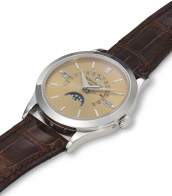

Joseph Heinrich Beuys was a German artist, renowned for his significant contributions to the realms of sculpture, painting, and installation art, which have left a lasting impact on the culture and art world. His work transcended traditional boundaries, merging art with social theory and politics, thus redefining the role of the artist in society. Beuys's unique approach to materials, incorporating substances like fat and felt, symbolized healing and insulation, reflecting his broader philosophical and ecological concerns.
Beuys's art was deeply influenced by his experiences during World War II and his academic background in natural sciences and sculpture. His concept of "social sculpture" proposed that art could transform society, emphasizing creativity as a fundamental component of human existence. This vision led him to use his performances, or "actions," as a medium to communicate his ideas, making him a pivotal figure in the Fluxus movement. Notable works such as "How to Explain Pictures to a Dead Hare" and "7000 Oaks" exemplify his innovative use of performance and environmental art to engage and challenge the public.
His legacy is preserved in major museums and galleries worldwide, including the Museum of Modern Art in New York and the Tate Modern in London. These institutions house key pieces that exemplify Beuys's diverse artistic output, from his early drawings and sculptures to his later installations and public interventions. His influence extends beyond the art world, impacting environmental activism and educational reform, underscoring his belief in the transformative power of art.
For collectors and experts in art and antiques, Joseph Heinrich Beuys remains a figure of immense interest, not only for his groundbreaking artworks but also for his profound impact on contemporary art theory and practice. To stay informed about new product sales and auction events related to Beuys, we invite you to sign up for updates. This subscription ensures you are always in the loop regarding opportunities to engage with the enduring legacy of one of the most influential artists of the 20th century.
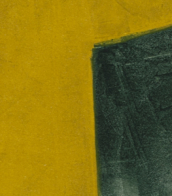

Joseph Heinrich Beuys was a German artist, renowned for his significant contributions to the realms of sculpture, painting, and installation art, which have left a lasting impact on the culture and art world. His work transcended traditional boundaries, merging art with social theory and politics, thus redefining the role of the artist in society. Beuys's unique approach to materials, incorporating substances like fat and felt, symbolized healing and insulation, reflecting his broader philosophical and ecological concerns.
Beuys's art was deeply influenced by his experiences during World War II and his academic background in natural sciences and sculpture. His concept of "social sculpture" proposed that art could transform society, emphasizing creativity as a fundamental component of human existence. This vision led him to use his performances, or "actions," as a medium to communicate his ideas, making him a pivotal figure in the Fluxus movement. Notable works such as "How to Explain Pictures to a Dead Hare" and "7000 Oaks" exemplify his innovative use of performance and environmental art to engage and challenge the public.
His legacy is preserved in major museums and galleries worldwide, including the Museum of Modern Art in New York and the Tate Modern in London. These institutions house key pieces that exemplify Beuys's diverse artistic output, from his early drawings and sculptures to his later installations and public interventions. His influence extends beyond the art world, impacting environmental activism and educational reform, underscoring his belief in the transformative power of art.
For collectors and experts in art and antiques, Joseph Heinrich Beuys remains a figure of immense interest, not only for his groundbreaking artworks but also for his profound impact on contemporary art theory and practice. To stay informed about new product sales and auction events related to Beuys, we invite you to sign up for updates. This subscription ensures you are always in the loop regarding opportunities to engage with the enduring legacy of one of the most influential artists of the 20th century.
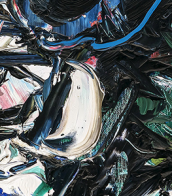
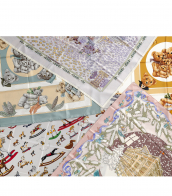
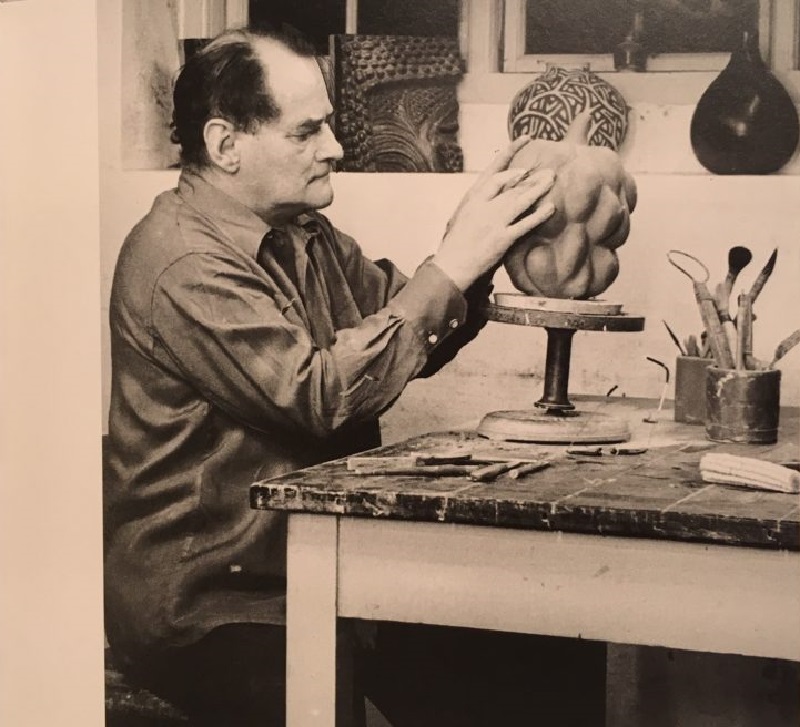
Axel Johannes Salto was an internationally renowned Danish ceramic artist. He studied at the Royal Danish Academy of Fine Arts from 1909 to 1914.
Axel Salto visited Paris in 1916, where he met Pablo Picasso and Henri Matisse. This meeting was a landmark for Salto's creative ambitions and his influence on the innovative ideas of the time.
Throughout the 1920s his artistic focus shifted from painting to ceramics, and between 1923 and 1950 he created around 3,000 different ceramic pieces.
From the mid-1930s he worked mainly at the Royal Porcelain Factory in Copenhagen. Here Salto developed his ceramics, experimenting with unusually rich glazes and organic shapes.


Damien Hirst is a seminal figure in contemporary art, well-known for his provocative and often controversial works that explore themes of death, rebirth, and the boundaries of art itself. As a leading member of the Young British Artists (YBAs) in the 1990s, Hirst catapulted to fame with his innovative approach to art that combines the techniques of installation, sculpture, and painting.
Damien Hirst's early career was marked by his organization of the pivotal "Freeze" exhibition in 1988, showcasing his and his peers' work, which caught the attention of influential art collectors. This period laid the groundwork for his signature works, including the 'Natural History' series, where animals such as sharks, sheep, and cows are preserved in formaldehyde, challenging viewers to confront the nature of existence and the inevitability of death.
Among Damien Hirst's most iconic pieces is "The Physical Impossibility of Death in the Mind of Someone Living," featuring a tiger shark suspended in formaldehyde, and "For the Love of God," a platinum cast of an 18th-century human skull encrusted with 8,601 flawless diamonds. These works exemplify Hirst's exploration of mortality and the commodification of art.
Damien Hirst's 'Spot Paintings' and 'Spin Paintings' further demonstrate his challenge to traditional notions of authorship and the creative process, often involving teams of assistants in their production. These series play with concepts of randomness, control, and the aesthetic joys of color and form, pushing the boundaries of painting as a medium.
In 2017, Hirst embarked on "Treasures from the Wreck of the Unbelievable," an ambitious project that filled Venetian museums with artifacts from a fictional ancient shipwreck. This project, blending reality and fiction, invited audiences to question the authenticity and value of art, showcasing Hirst's ongoing interest in storytelling and myth-making within the context of contemporary culture.
For collectors and experts in art and antiques, Damien Hirst represents a pivotal figure whose works challenge, provoke, and inspire. His ability to blur the lines between art, science, and commerce has left an indelible mark on the art world, making his pieces highly sought after by collectors around the globe.
Stay updated on Damien Hirst's latest projects, exhibitions, and sales by signing up for dedicated art newsletters. This subscription will ensure you're informed about new opportunities to engage with the work of one of the most influential artists of our time.
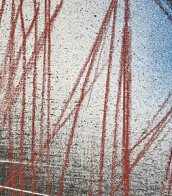
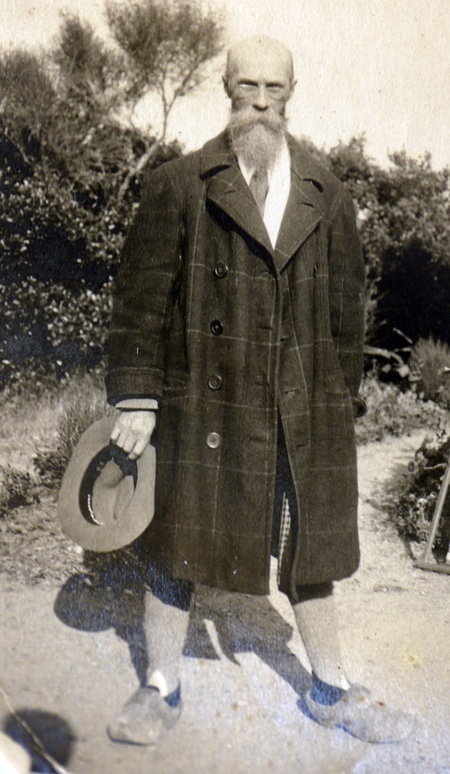
Edgar Maxence was a renowned French Symbolist painter, born on September 17, 1871. His artistic journey, influenced by the cultural environment of Nantes and under the guidance of his mother, Estelle Boquien, diverged from his family's legacy of landownership to the pursuit of artistic expression. Educated at the École des Beaux-Arts in Paris, Maxence was mentored by Elie Delaunay and Gustave Moreau, which shaped his distinctive style of symbolist painting.
Maxence's work is best known for its use of symbolist ideals, preferring the expression of ideas over realistic descriptions of the natural world, utilizing metaphorical imagery to evoke deeper meanings. His choice of mediums, predominantly oil and pastel, allowed him to create portraits and figures that were not just seen, but felt, conveying profound emotional narratives through each brushstroke.
Collectors and experts in art and antiques cherish Maxence's work for its emotional depth and symbolic richness. His paintings have been featured in key galleries and museums, including the Musee des Beaux-Arts in Rennes, allowing a wider audience to experience the unique blend of mysticism and emotion that Maxence masterfully wove into his canvases.
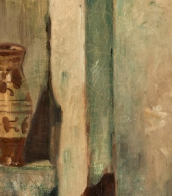
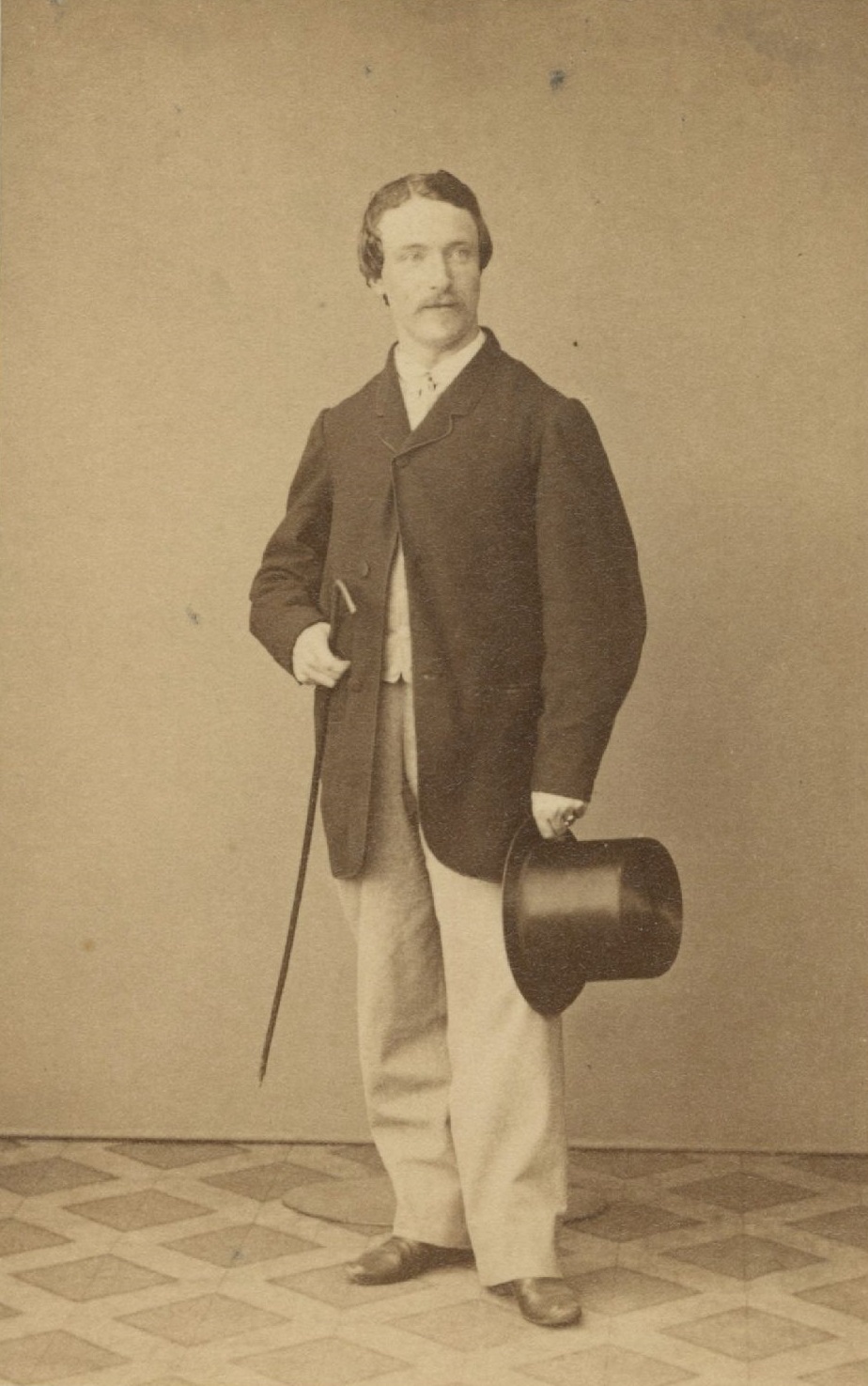
Hermann Ottomar Herzog was a German-born American landscape painter. He represented the Dusseldorf School of painting and was a member of the Hudson River School. He quickly achieved commercial success and began to earn good money, which allowed him to travel a great deal.
Herman Herzog settled in the United States at the end of the 1860s. He devoted a considerable part of his work to his journey through the western states to California in 1873. He also frequently visited and worked in Maine and Florida.












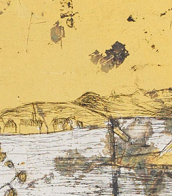
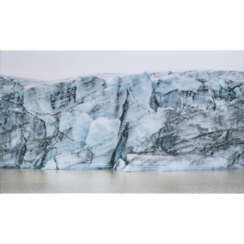


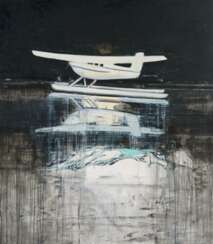




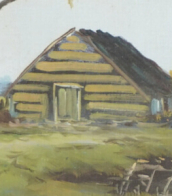
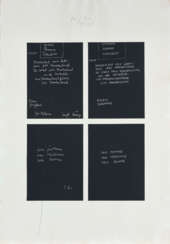

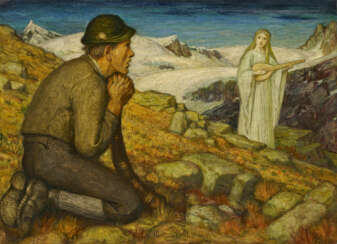

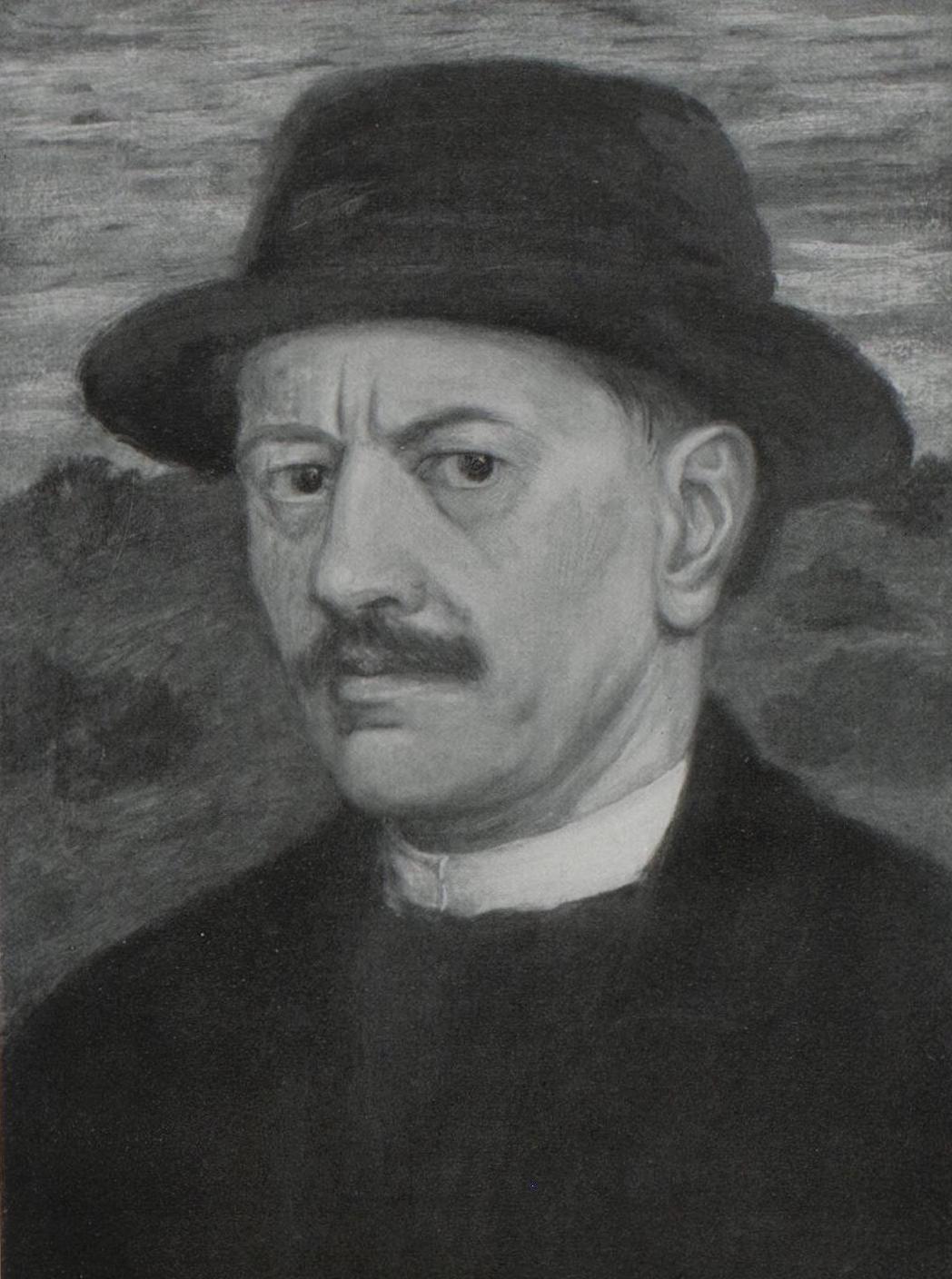

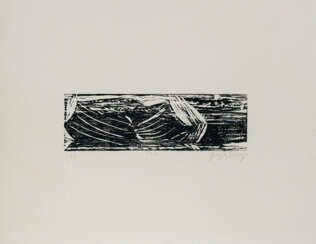



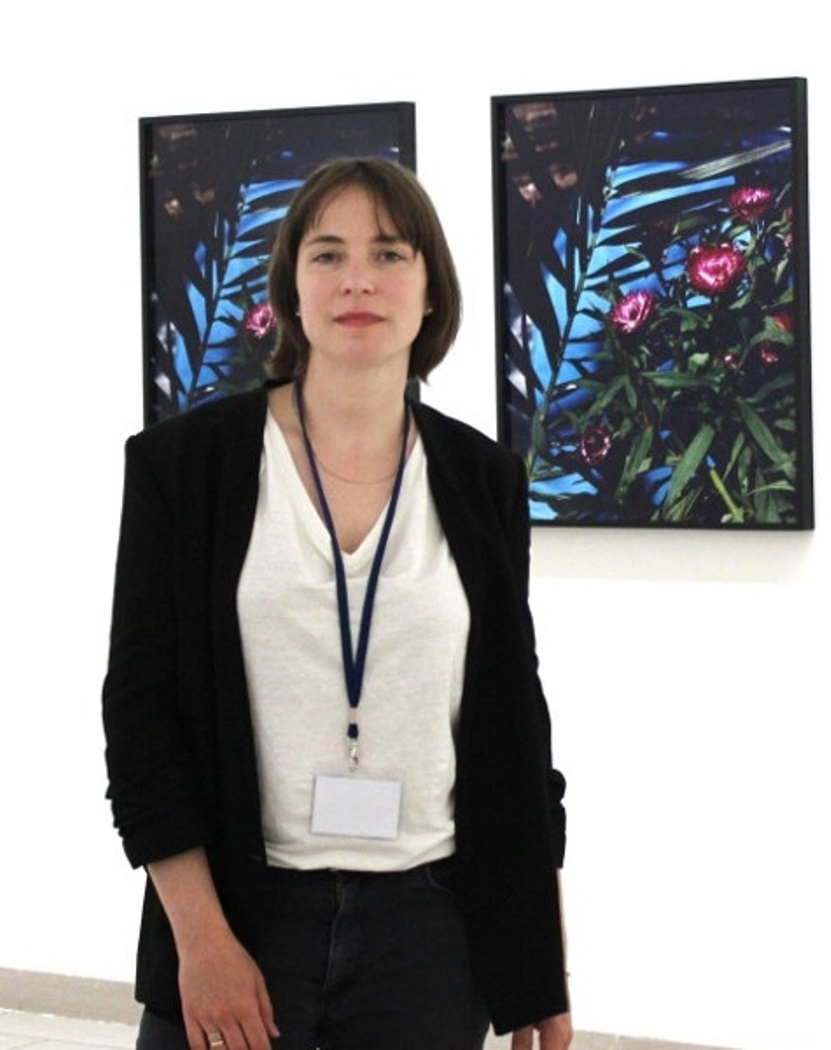
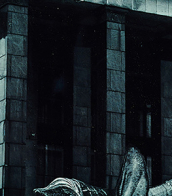


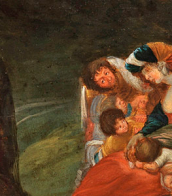
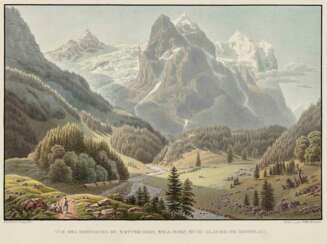

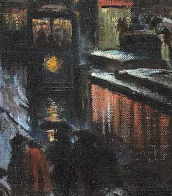







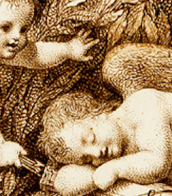
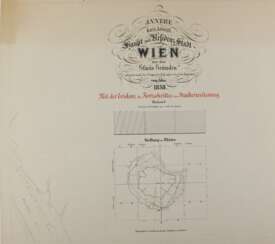

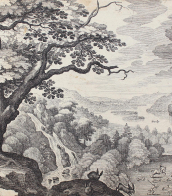
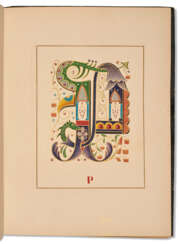


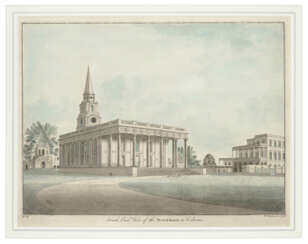


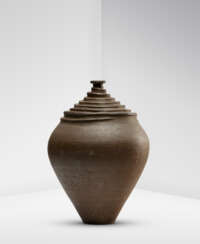

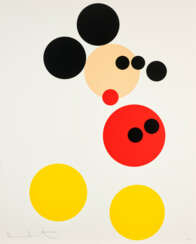

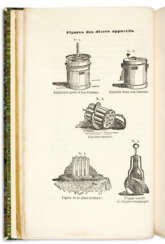




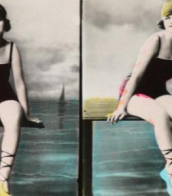
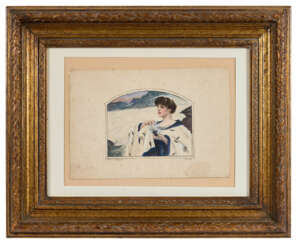



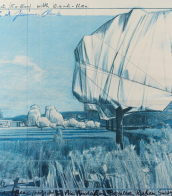
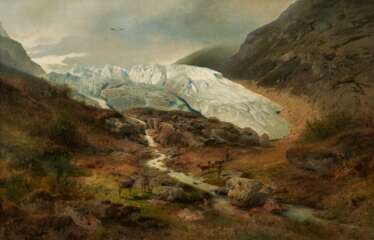

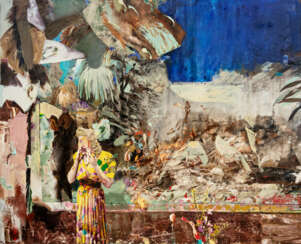

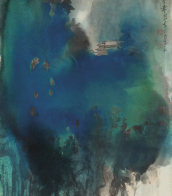
![[CUISINIER ROYAL].](/assets/image/picture_2734943/40ec0/caae085bc892157d5d1171955bbbf87e1679526000jpg__fix_374_244.jpeg)
![[CUISINIER ROYAL].](https://veryimportantlot.com/assets/image/picture_2734943/40ec0/caae085bc892157d5d1171955bbbf87e1679526000jpg__fix_374_244.jpeg)


